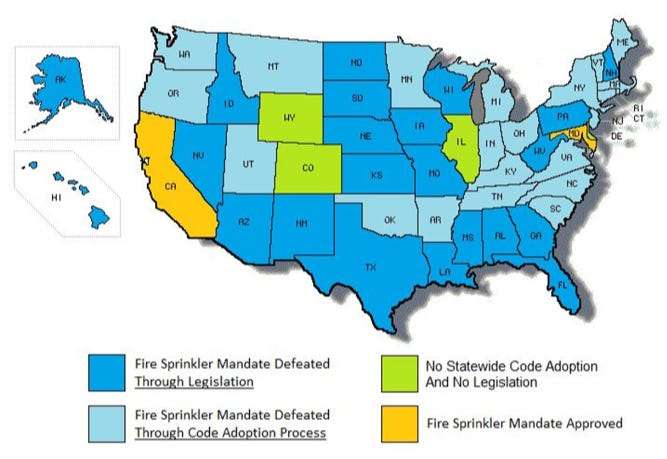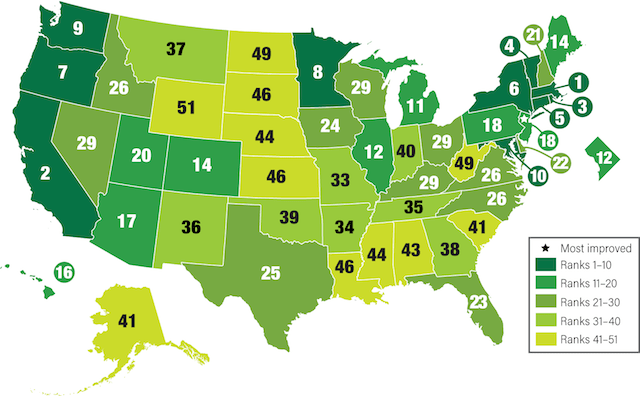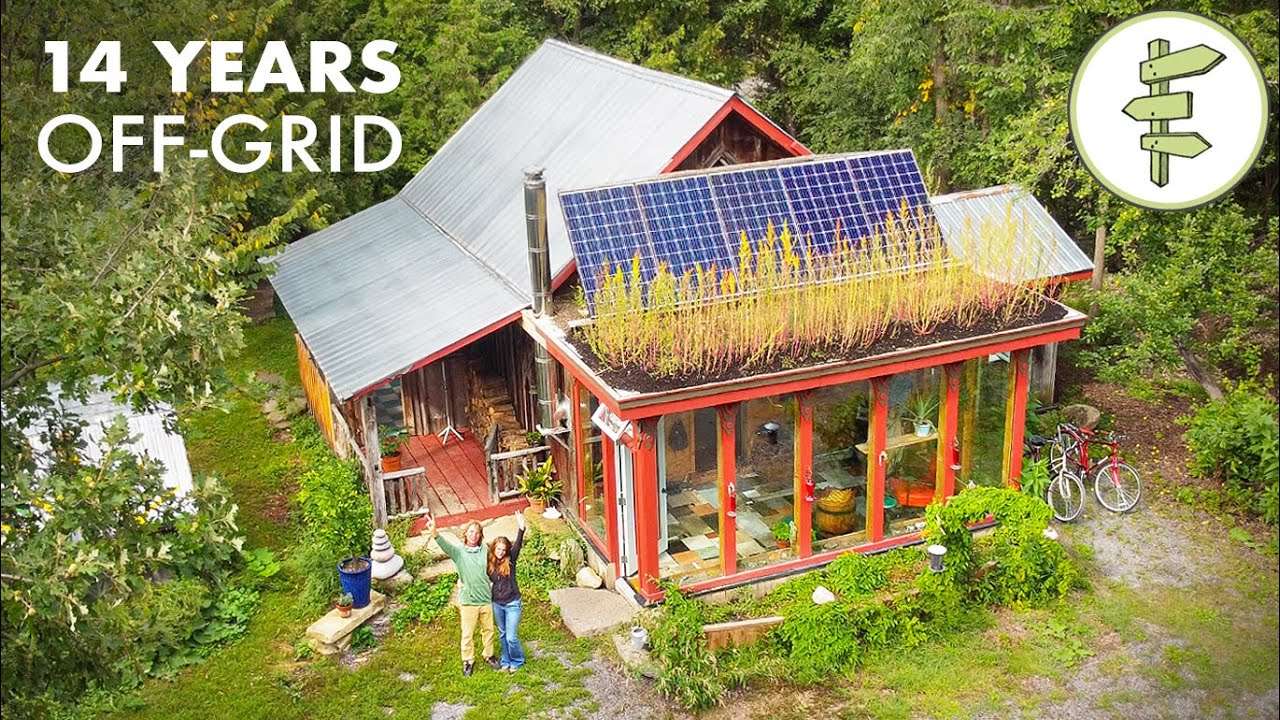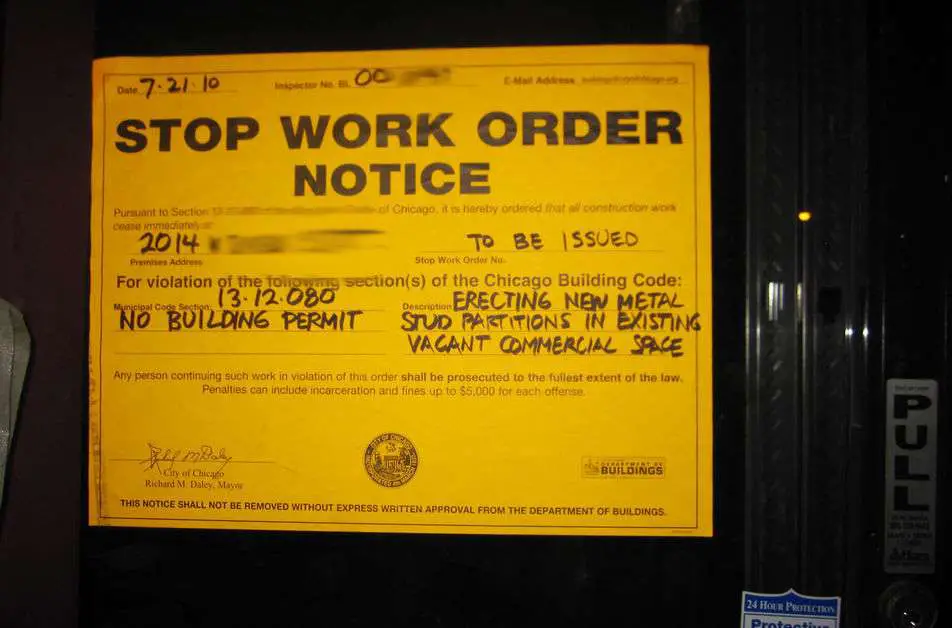If you’re looking for a break from the strict regulations and red tape that often come with building projects, you might be interested in exploring states with relaxed building codes. While building codes exist in all states, there are certain counties and regions that have little to no building codes or weak enforcement. States like Colorado, Hawaii, Arizona, Arkansas, Texas, Alabama, Wyoming, Michigan, South Dakota, North Dakota, and Missouri have more flexibility and autonomy when it comes to construction. Counties such as Delta County and Montezuma County in Colorado, Arcosanti Urban Laboratory in Arizona, Brewster County and Marfa County in Texas, Wonder Valley in California, Terlingua in Texas, and Miller County in Missouri are known for either having no building codes or having codes that are not strictly enforced. However, it’s important to note that building in areas without codes still requires adherence to local regulations, such as septic system requirements, and building without a permit can come with risks.

States with Relaxed Building Codes
When it comes to building codes, not all states are created equal. Some states have more relaxed building codes, allowing for greater flexibility and autonomy for homeowners and builders. Here are some states that are known for their relaxed building codes:
Colorado
Colorado is a state that offers more leniency when it comes to building codes. In particular, Delta County and Montezuma County are two counties in Colorado that do not have any building codes. This means that builders in these areas are not required to obtain permits or certificates of occupancy for their projects. This can be appealing to those who value the freedom to build without strict regulations.
Hawaii
Hawaii is another state with relaxed building codes. While building codes do exist in Hawaii, they are not as stringent as in other states. This allows residents to have more flexibility in their construction projects. However, it is worth noting that building in Hawaii can still be challenging due to factors such as the state’s unique geography and vulnerability to natural disasters.
Arizona
Arizona is a state that offers varying levels of relaxation in its building codes. One notable example is the Arcosanti Urban Laboratory, located in Arizona. This experimental community does not have building codes by law, which allows residents to have more artistic freedom in their construction projects. However, the lack of building codes also means that entry into the community can be uncertain.
Arkansas
Arkansas is another state with more relaxed building codes. While the state does have building codes, they are not as strict as in other states. This provides builders with more flexibility and autonomy in their construction projects. However, it is still important to adhere to local regulations and safety standards when building in Arkansas.
Texas
Texas is known for its relaxed building codes, particularly in certain counties. Brewster County and Marfa County are two counties in Texas that do not have any building codes. This means that builders in these areas have the freedom to construct without permits or strict regulations. Texas also has varying building code requirements in different counties, offering builders more options and flexibility.
Alabama
Alabama is another state that has more relaxed building codes. While building codes do exist in Alabama, they are not as stringent as in other states. This allows builders and homeowners to have more autonomy in their construction projects. However, it is still important to ensure that construction is done in accordance with local regulations and safety standards.
Wyoming
Wyoming is a state that offers more leniency in building codes. While building codes do exist in Wyoming, they are not as strict as in other states. This allows builders and homeowners to have more flexibility in their construction projects. However, it is still crucial to ensure that construction is done in a safe and responsible manner.
Michigan
Michigan is another state with relaxed building codes. While building codes do exist in Michigan, they are not as stringent as in other states. This allows builders to have more freedom and flexibility in their construction projects. However, it is important to ensure that construction is done in compliance with local regulations and safety standards.
South Dakota
South Dakota is a state with more relaxed building codes. While building codes do exist in South Dakota, they are not as strict as in other states. This provides builders with more flexibility and autonomy in their construction projects. However, it is still important to adhere to local regulations and safety standards when building in South Dakota.
North Dakota
North Dakota is another state that offers more leniency in building codes. While building codes do exist in North Dakota, they are not as stringent as in other states. This allows builders to have more freedom and flexibility in their construction projects. However, it is still crucial to ensure that construction is done in a safe and responsible manner.
Missouri
Missouri is known for its relaxed building codes. While building codes do exist in Missouri, they are not as strict as in other states. This provides builders with more flexibility and autonomy in their construction projects. However, it is important to note that enforcement of building codes in Missouri can be weak, which can lead to potential safety and structural integrity issues.

Counties Without Building Codes
In addition to states with relaxed building codes, there are also certain counties within states that have no building codes or weak enforcement. These counties offer even more freedom and flexibility to builders and homeowners. Here are some counties that are known for their lack of building codes:
Delta County, Colorado
Delta County in Colorado is a county that does not have any building codes. This means that builders in Delta County are not required to obtain permits or certificates of occupancy for their construction projects. The absence of building codes allows for more freedom and autonomy in building decisions. However, it is still important to adhere to any local regulations or safety standards that may be in place.
Montezuma County, Colorado
Montezuma County is another county in Colorado that does not have a building code for residential buildings. However, there is a building code in place for commercial and industrial buildings in the county. This means that builders in Montezuma County have more flexibility when it comes to residential construction projects, but still need to comply with regulations for non-residential buildings.
Arcosanti Urban Laboratory, Arizona
The Arcosanti Urban Laboratory, located in Arizona, is an experimental community that does not have building codes by law. This allows residents of the community to have more artistic freedom and flexibility in their construction projects. However, it is important to note that entry into the community can be uncertain, as the lack of building codes may pose challenges in terms of obtaining approval for construction.
Brewster County, Texas
Brewster County in Texas is a county that does not have any building codes. This means that builders in Brewster County have the freedom to construct without permits or strict regulations. The absence of building codes can be appealing to those who value autonomy and flexibility in their construction projects. However, it is still important to ensure that construction is done in compliance with safety standards and local regulations.
Marfa County, Texas
Marfa County is another county in Texas that does not have building codes for residential buildings. However, the county follows the statewide building code for commercial and industrial buildings. This means that builders in Marfa County have more flexibility when it comes to residential construction projects, but still need to comply with regulations for non-residential buildings.
Wonder Valley, California
Wonder Valley in California is an area with building codes that are not strictly enforced. This means that old, non-compliant structures are allowed to remain in the area. The lenient enforcement of building codes in Wonder Valley offers more freedom to homeowners and builders. However, it is important to note that safety and structural integrity should still be a priority in construction projects.
Terlingua, Texas
Terlingua is an area in Texas that does not have any building codes. Additionally, the area has a significant number of abandoned buildings. The absence of building codes in Terlingua provides builders with more freedom and flexibility. However, it is crucial to ensure that construction is done responsibly and in compliance with safety standards, even in areas without building codes.
Miller County, Missouri
Miller County in Missouri has building codes in place, but the enforcement of these codes can be weak. This can result in potential safety and structural integrity issues. While the presence of building codes offers some level of regulation, it is important for builders and homeowners to be proactive in ensuring that construction is done in compliance with safety standards and local regulations.
Building in Areas Without Codes
Building in areas without building codes may offer more freedom and autonomy, but it is still important to consider various factors and take certain precautions. Here are some important considerations when building in areas without codes:
Adherence to Local Regulations
Even in areas without building codes, it is important to adhere to any local regulations and safety standards that may be in place. These regulations may include requirements for septic systems, setbacks, or other specific guidelines. Adhering to these regulations can help ensure that construction is done responsibly and in compliance with local standards.
Septic System Requirements
In many areas without building codes, there may still be specific regulations and requirements for septic systems. It is important to research and understand these requirements before embarking on a construction project. Failure to comply with septic system requirements can lead to potential health hazards and legal issues.
Risks of Building Without Permit
Building without obtaining the necessary permits can come with a variety of risks. One potential risk is that the local authorities may require you to demolish or modify the structure if it does not meet their regulations. This can result in significant financial losses and disruptions to your construction project. Additionally, building without a permit may also affect the resale value of the property, as potential buyers may be wary of purchasing a property without the necessary permits.
Bulldozing of Property
In some cases, if a structure is built without the necessary permits or does not comply with regulations, it may be subject to bulldozing by the local authorities. This can occur if the structure is deemed to be a safety hazard or if it significantly violates local regulations. It is important to consider this risk before deciding to build in an area without building codes.

Characteristics of Areas Without Codes
Areas without building codes often share certain characteristics, which can contribute to the lack of regulations. Here are some common characteristics of areas without building codes:
Low Population Density
Many areas without building codes tend to have low population density. This can be due to a variety of factors, including geographical isolation or a lack of economic opportunities. The low population density may contribute to the lack of strict regulations, as there may be fewer concerns regarding overcrowding or strain on resources.
Distance from Cities
Areas without building codes often tend to be located in remote or rural areas, far from major cities. The distance from cities may contribute to the lack of regulations, as there may be fewer resources or infrastructure to support strict building codes. Additionally, the remoteness of these areas may attract individuals who value independence and autonomy in their construction projects.
Flexibility and Autonomy in Construction
While building codes are essential for ensuring safety and welfare, areas with fewer codes can offer more flexibility and autonomy in construction projects. Here are some benefits of fewer building codes:
Importance of Building Codes
It is important to acknowledge that building codes play a crucial role in ensuring the safety and structural integrity of buildings. Building codes are designed to protect individuals from potential hazards and to ensure that buildings are constructed to withstand various forces. Strict building codes also help to ensure uniformity and compliance with established standards.
Benefits of Fewer Codes
However, there can also be benefits to having fewer building codes. Less stringent regulations allow builders and homeowners to have more freedom and flexibility in their construction projects. This can lead to more innovative and unique architectural designs, as well as the ability to personalize and customize buildings to meet specific needs.
Safety and Welfare
While the freedom and flexibility provided by fewer building codes can be appealing, it is important to prioritize safety and welfare in construction projects. Even in areas without strict regulations, it is crucial to ensure that construction is done responsibly and in compliance with safety standards. This includes using quality materials, following best practices, and engaging professionals when necessary.
In conclusion, there are several states and counties in the United States with relaxed or non-existent building codes. These areas offer more flexibility and autonomy in construction projects. However, it is important to ensure that construction is done in accordance with local regulations and safety standards, even in areas without building codes. By balancing freedom and responsibility, builders and homeowners can create safe and innovative structures that meet their needs.





